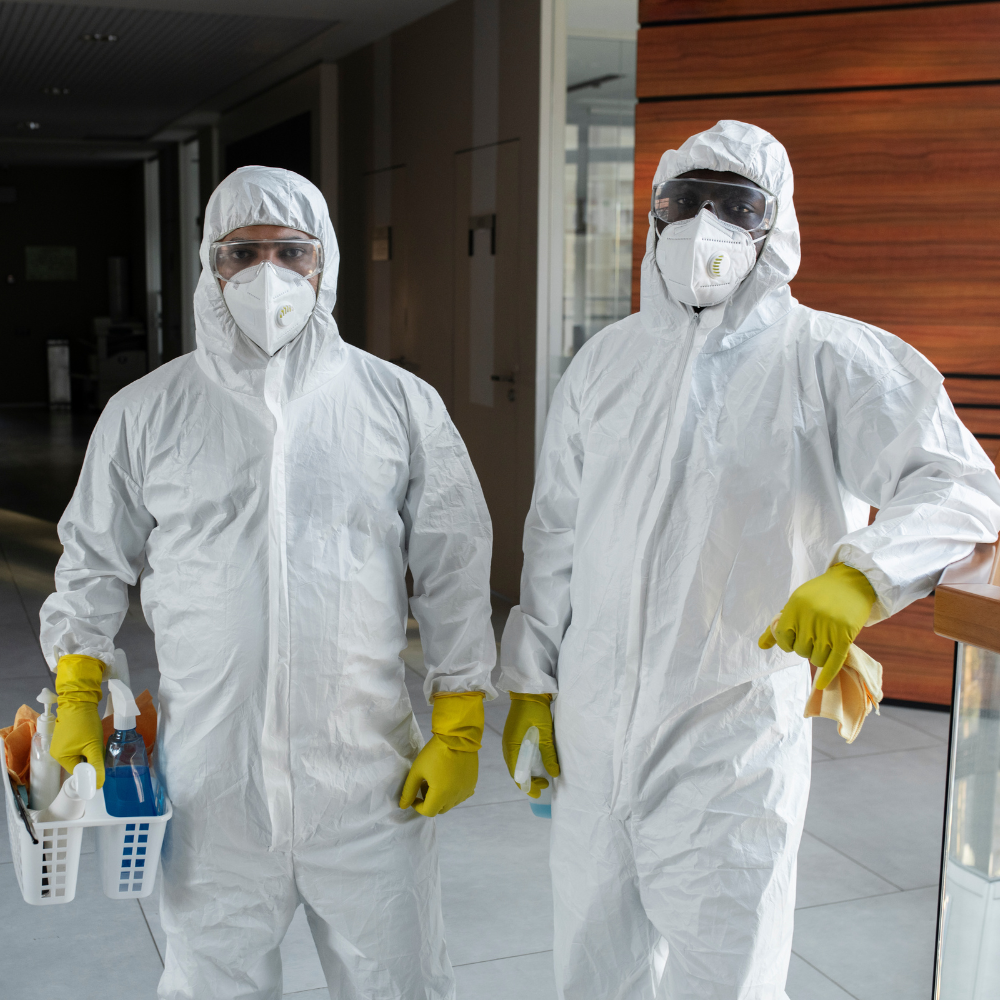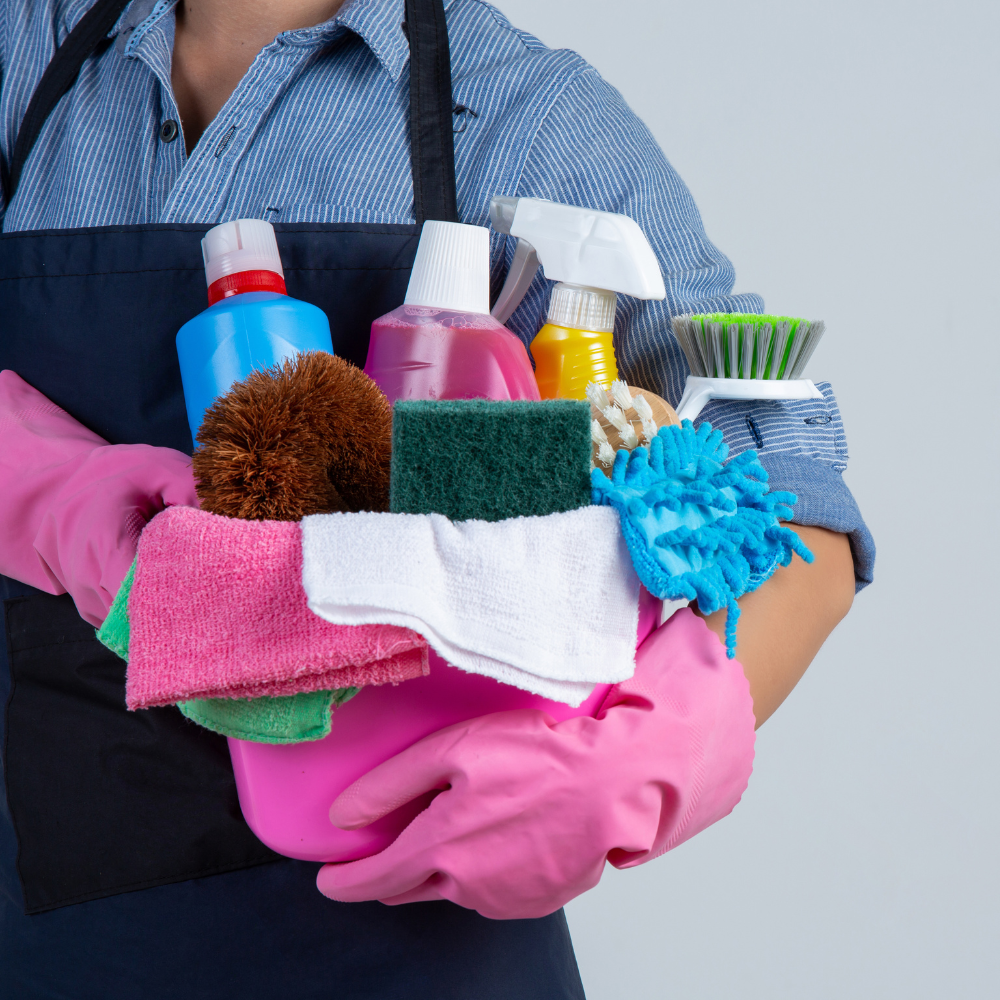
Implementing a colour-coding system for your cleaning equipment can help prevent cross-contamination and improve efficiency. Learn about PPE equipment.
Cleaning may not be the most glamorous task, but it's undeniably crucial, especially when maintaining a healthy and safe environment. Cleaning often results in sparkling bathrooms and clean kitchens, but there are invisible threats lurking beneath the surface. This includes germs, bacteria, and other biological agents that can undermine even the most diligent cleaning efforts. One effective solution to tackle this challenge is colour-coding your cleaning equipment.
The impact of colour coding extends beyond the cleaning and food industries. The different types of PPE equipment, including clothing, footwear, caps, balaclavas, and masks, often follow colour-coded conventions. For instance, blue is a common choice as it stands out against most food products, facilitating the rapid identification of foreign elements.
What Is the Colour Coding of Cleaning Equipment?
Colour coding is a systematic approach to reducing the risk of cross-contamination. A foolproof way to prevent unwitting contamination is by assigning different colours to different cleaning areas or tasks. It's an invisible safeguard that complements the visible cleanliness we all strive for.
While there are no universal standards in the cleaning industry, the British Institute of Cleaning Science (BICSc) has stepped in with some valuable guidelines. Basic colours like red, blue, green, and yellow address the common hazards. White serves as a versatile alternative, and striped garments further extend the colour range. These guidelines provide a structure and ensure a universally understood system.
How to Implement a Colour-Coding System for Your Cleaning Equipment
Utilising the colour coding system in your cleaning routine can improve the overall health of a facility. Working from the cleanest area toward the dirtiest significantly reduces the risk of cross-contamination.
For a successful colour-coded system:
-
Whenever possible, keep the system simple, and limit the number of colours used in each step
-
Choose logical colours for each area.
-
Make sure tools and storage areas match.
-
Review and monitor the colour-coding plan on a regular basis.
-
Use clear signage to reinforce colour-coding
Embedding this system into employee induction and training programs is key to its effectiveness.
Why Is It Necessary To Use a Colour Code System To Segregate Cleaning Equipment?
Introducing a colour-coded system is highly beneficial for a wide range of sectors. Segregating cleaning equipment with a colour-coded system has the following benefits:
1. Prevent Cross Contamination
One of the most important benefits of colour-coded equipment is its ability to prevent cross-contamination effectively. The risk of bacteria or contaminants being transferred from one area to another is significantly reduced when cleaning tools or equipment are assigned distinct colours.
2. Identify High-Risk, Low-Risk Areas
In industries requiring the segregation of high-risk and low-risk areas, colour-coded workwear proves invaluable for confining bacteria to specific environments. As part of a systematic colour-coding strategy, disposable personal protective equipment (PPE) and lab coats made from polycotton contribute to this containment effort.
3. Hygienic Waste Management
Colour-coded equipment extends beyond tools to include waste disposal items, such as bins and bags. Using a colour-coded waste management system, cleaning staff can quickly distinguish between general waste, recyclables, and hazardous waste.
4. Safe Segregation of Cleaning Equipment
Colour-coded systems facilitate the safe segregation of cleaning equipment. This ensures that tools used for specific tasks or in designated areas remain separate, reducing the likelihood of accidental cross-use.
Colour coding not only makes cleaning efforts more appealing, but it also protects against hidden threats. If you are in the cleaning business or a diligent homeowner, adopting a colour-coding system is a simple step to a cleaner, safer, and more hygienic space.






